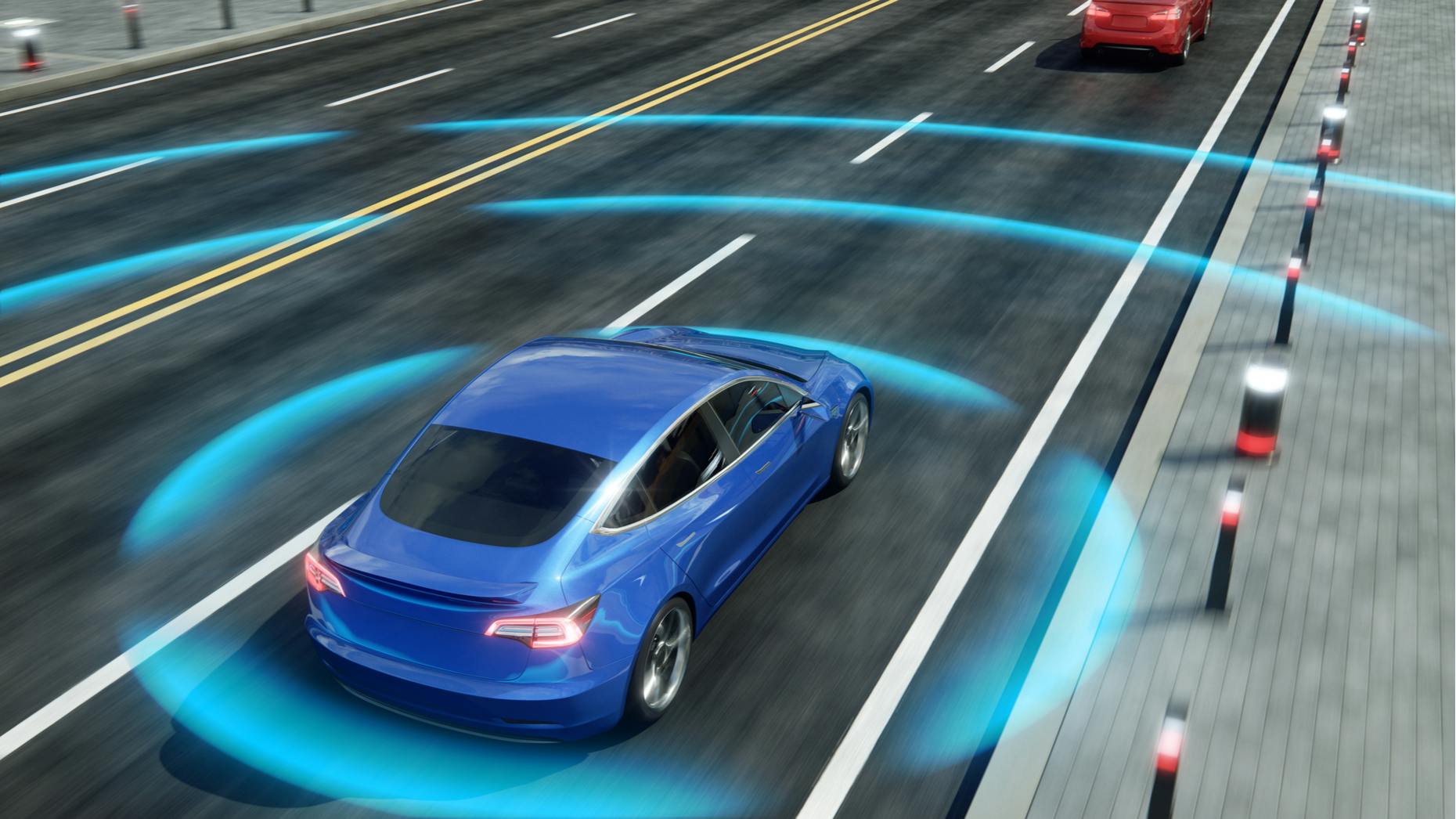Safety Standards Trends for Autonomous Vehicles
The Latest Thinking on Safety Standards in the Autonomous Vehicles Industry

The Information hosted a breakout session on “Proving the Robots are Safe” at our annual Autonomous Vehicles Summit. The conversation, hosted in partnership with deep-learning AI software provider Deepen AI, also included executives from robotaxi developer Motional and delivery robot maker Nuro. The discussion focused on how industry safety benchmarks are evolving and how they are planning to prove to regulators, and customers very importantly, that they can be trusted.
The first major hurdle in reaching industry-wide safety benchmarks in the autonomous vehicles space is a lack of standardized metrics. Most companies are conducting a combination of virtual and real-life testing with varying degrees of measurement, which makes it difficult to compare and contrast the technology of each company. Transparency and data sharing, in hopes of advancing the sector more quickly, was top of mind for some. Others are focused on maintaining independence and using that as a competitive advantage. Without clear mandates on safety standards, some have partnered with government agencies in attempts to build cooperation and compliance.
Ultimately, the safety regulation standards are needed in order to create benchmarks and build trust with the public. The top priority, according to the panel, is that regulators and AV companies want to make sure that lives are not at risk. They are also noticing an effort by regulators to maintain enough leniency to not stifle innovation. Revisiting findings from the trucking industry and the early aviation industry are helpful in providing some context for how safety standards are reached, but it’s a long road ahead to reaching any kind of universal safety standard. Progress has surged, however, since the adoption of virtual miles in testing and being able to provide much more robust data pools than just a few years ago when there was more of a brute force approach that required driving a lot of road miles.